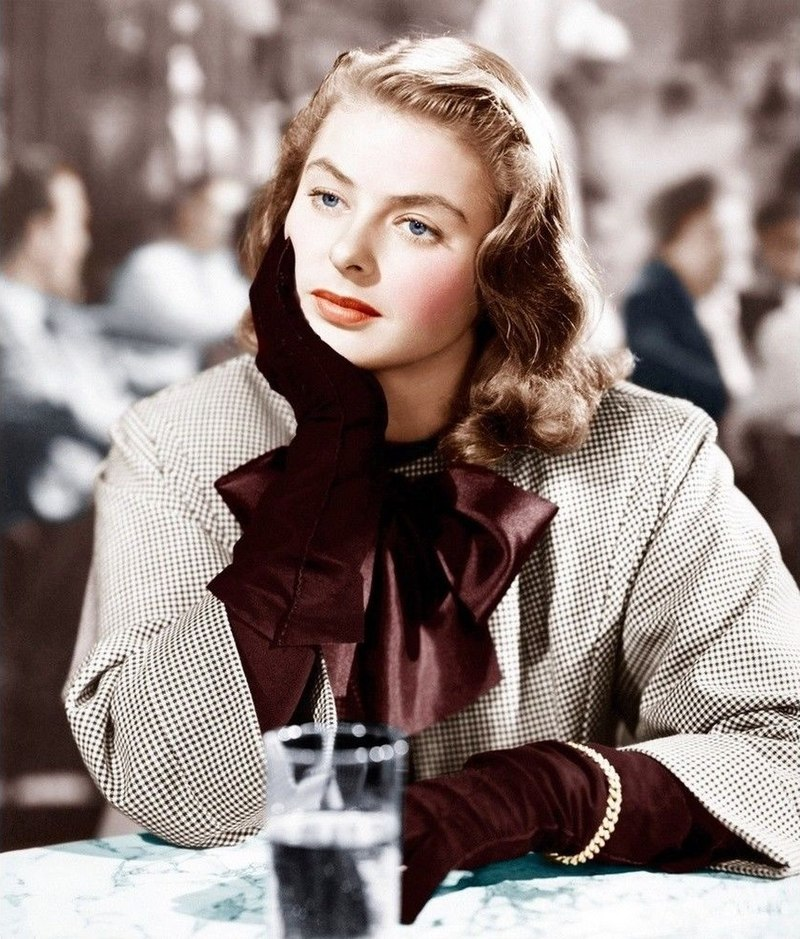
Strip away the phony tinsel of Hollywood, and you’ll find the real tinsel underneath, Oscar Levant once quipped and nowhere is that truer than in the stories behind Hollywood’s golden age. While the silver screen projected perfection, the lives of its stars were anything but pristine. Behind the studio gates, glamour often collided with controversy, and the fallout shaped the industry for decades.
From legal dramas to cold-case murders, and from political campaigns to front-page personal choices, the so-called golden age was as concerned with crisis management as it was with filmmaking. These occurrences did not just tarnish reputations they redefined Hollywood’s code, defined public morals, and established a legacy that still fascinates film enthusiasts today. Here is a look at nine of the biggest Hollywood surprises and revelations from the studio’s golden age stories that show the golden age glowed, but never quite for all the right reasons.
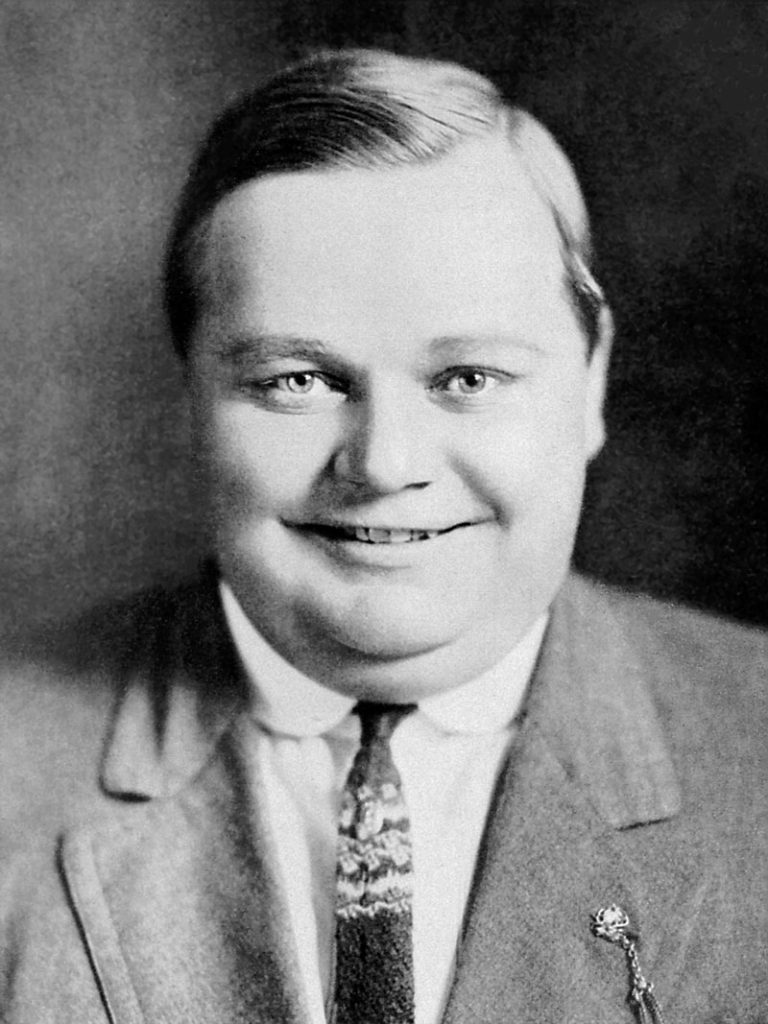
1. The Fatty Arbuckle Moral Panic
Roscoe ‘Fatty’ Arbuckle was the silent-film sensation whose star career burst spectacularly apart in 1921 over rumors that he raped and murdered actress Virginia Rappe during a Labor Day party. The prosecution had accused his weight of causing fatal injuries while he was being beaten, and testimony had caused a media sensation. Arbuckle was finally acquitted following three trials, but the damage was done his name had become equated with Hollywood’s first major moral scandal. The case had fueled calls for more regulation of the industry, adding to the momentum of the censorship codes to come.
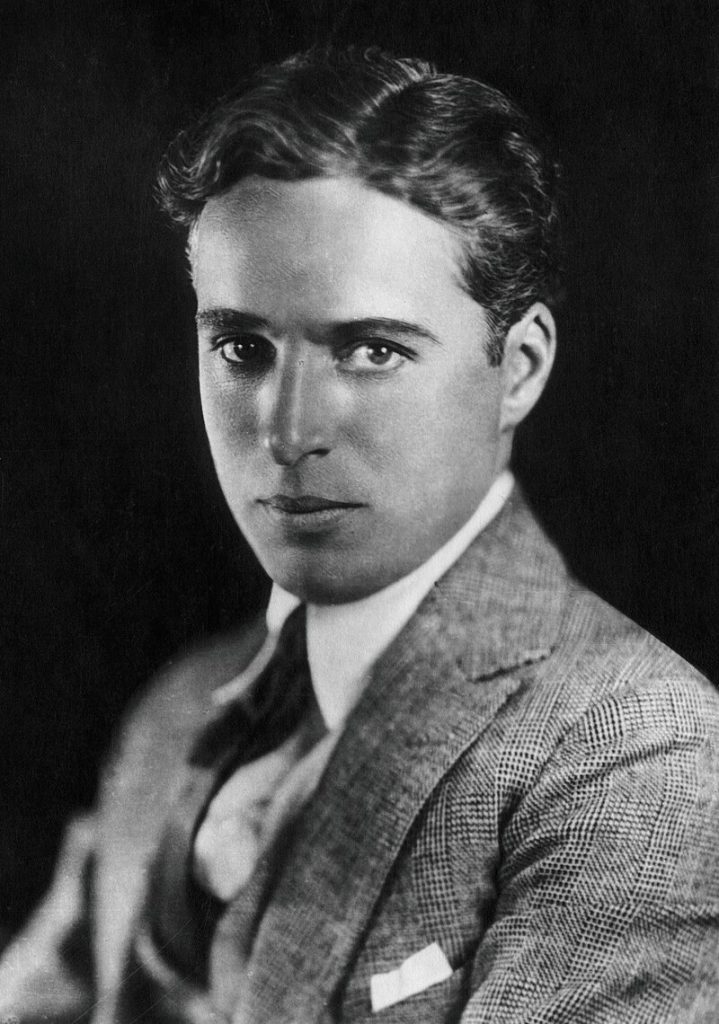
2. Charlie Chaplin’s Underage Affairs
Charlie Chaplin, adored worldwide by his Little Tramp persona, had a private life that was the opposite of his wholesome public image. His relationship with Lita Grey began when she was in her teens, and the pair were married in haste in 1924 after she became pregnant. The divorce in 1927 exposed intimate secrets, which permitted Grey to receive a record $825,000 settlement. Chaplin’s reputation never really recovered, and the scandal served to highlight the studio system’s complicity in covering for stars at any expense until the scandal was too large to hide.
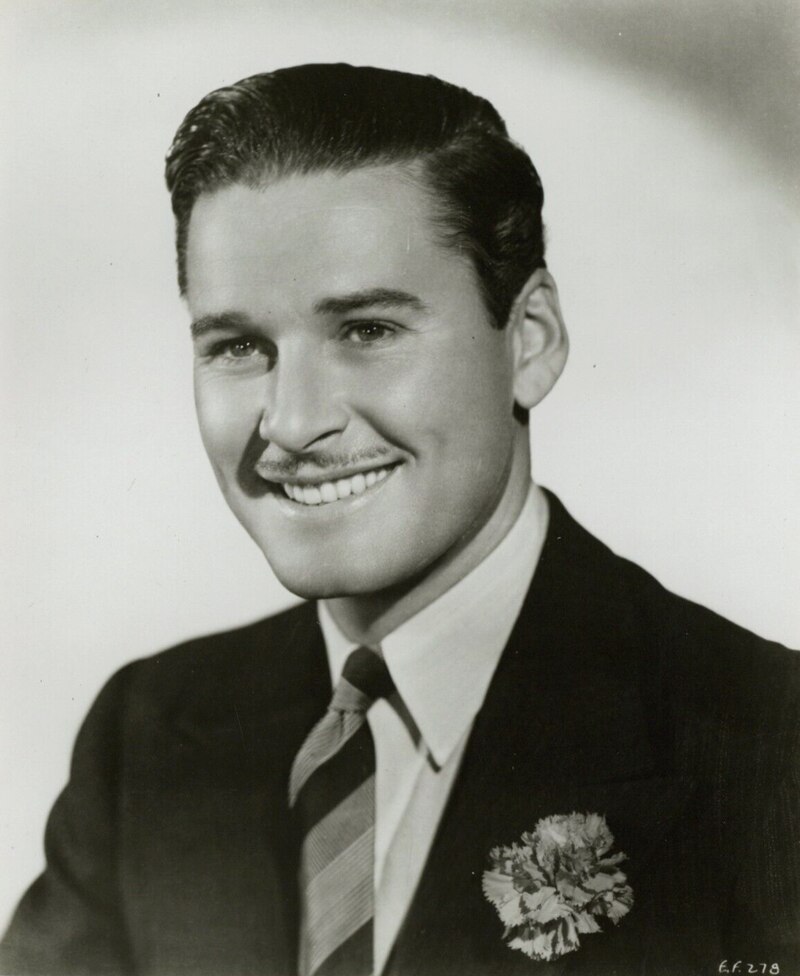
3. Errol Flynn’s Questionable Reputation
Swashbuckling movie star Errol Flynn was indicted for statutory rape in the early 1940s by two 17-year-old women, Betty Hansen and Peggy Satterlee. Though cleared in 1943, the trial served to further cement a more negative image. Flynn’s own ex-roommate, David Niven, went on to include in his memoir that Flynn once drove out to Hollywood High to ogle girls getting off from school, joking about “San Quentin Quail.” Such stories helped create the impression that Flynn’s suave persona hid a repugnant disdain for limits.
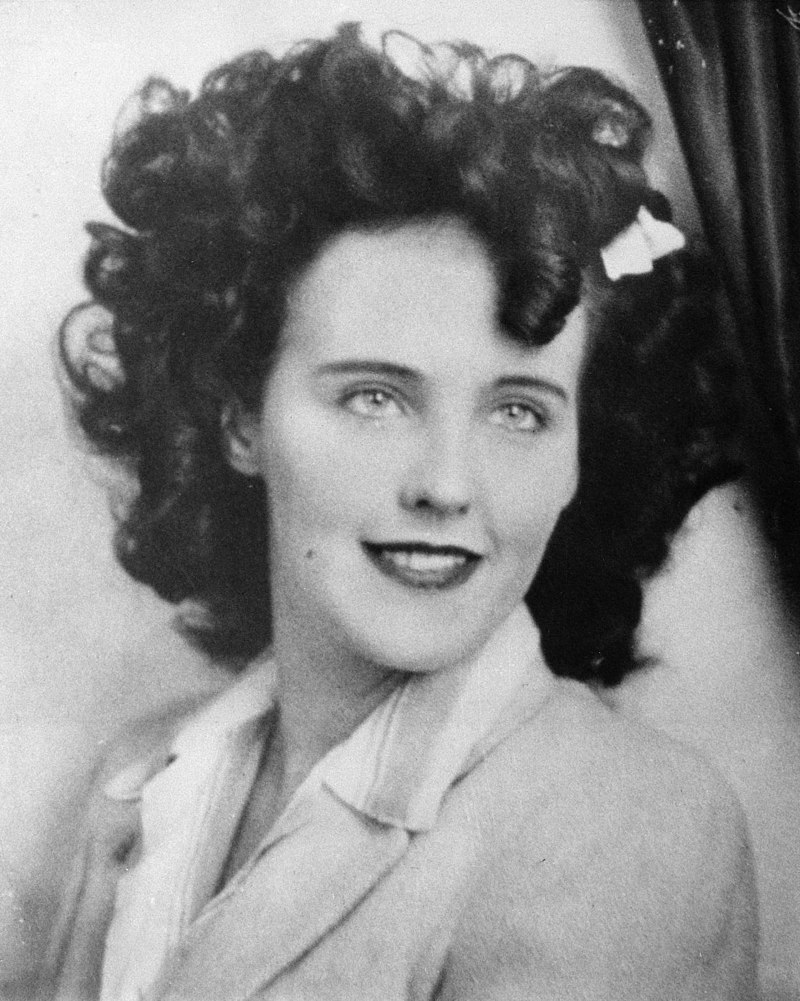
4. The Black Dahlia Murder Mystery
The 1947 killing of aspiring actress Elizabeth Short is Hollywood’s most iconic unsolved murder. She was found cut in half, bloodless, and mutilated with a twisted grin carved on her face. As James Ellroy later chronicled, Short’s vagrant lifestyle and black loveliness intrigued the public, shocking headlines for months. Over 500 confessions never resulted in an arrest, and the case became legend a shadowy reminder of Hollywood’s sleazy underbelly during its most glamorous years.
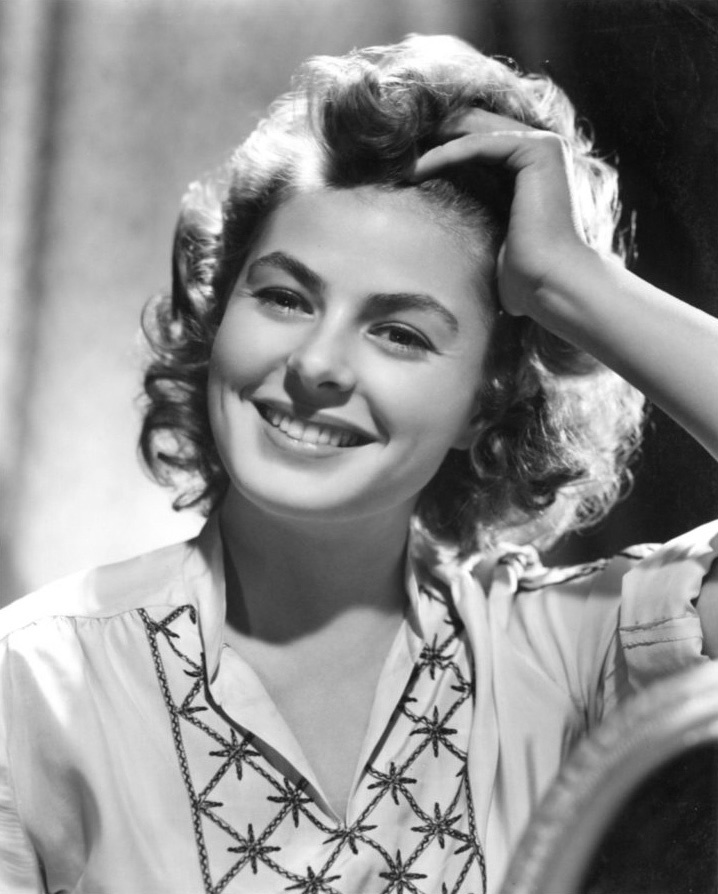
5. Ingrid Bergman’s Affair Fallout
In 1949, America’s moral darlings then, Ingrid Bergman, began an affair with Italian director Roberto Rossellini when she was married to neurosurgeon Petter Lindstrom. When she became pregnant, the backlash was immediate and severe, and Bergman was essentially blacklisted in Hollywood. She had to travel to Mexico to marry Rossellini after divorcing. The scandal revealed how quickly public adoration could turn to censure, too, especially for women who violated the stern moral codes of the day.
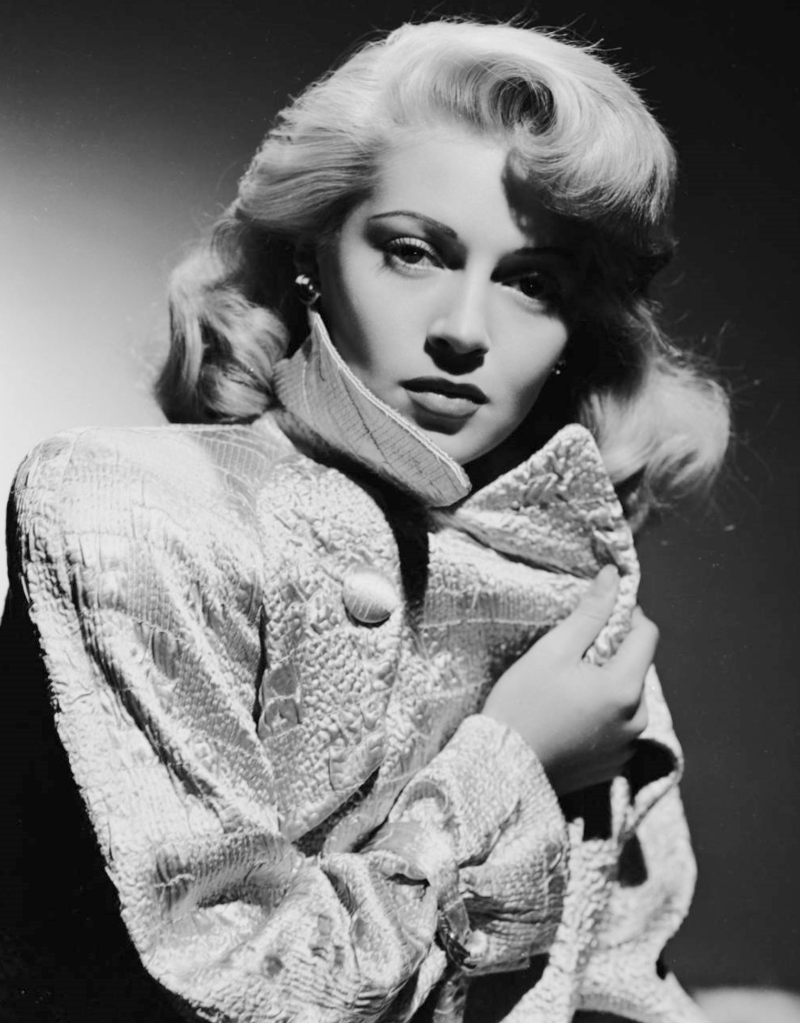
6. Lana Turner’s Mob Connection
Lana Turner’s relationship with gangster Johnny Stompanato in 1958 ended in a bloody brawl when her 14-year-old daughter Cheryl stabbed him to death following a fight at home in Beverly Hills. The court held that Cheryl had acted in self-defense of her mother but headlines were filled with the case and exposed Turner’s poisonous selection of lovers. It also obfuscated the line between the Hollywood melodrama and real tragedy, highlighting the idea that the glamour came at a high cost to the individual.
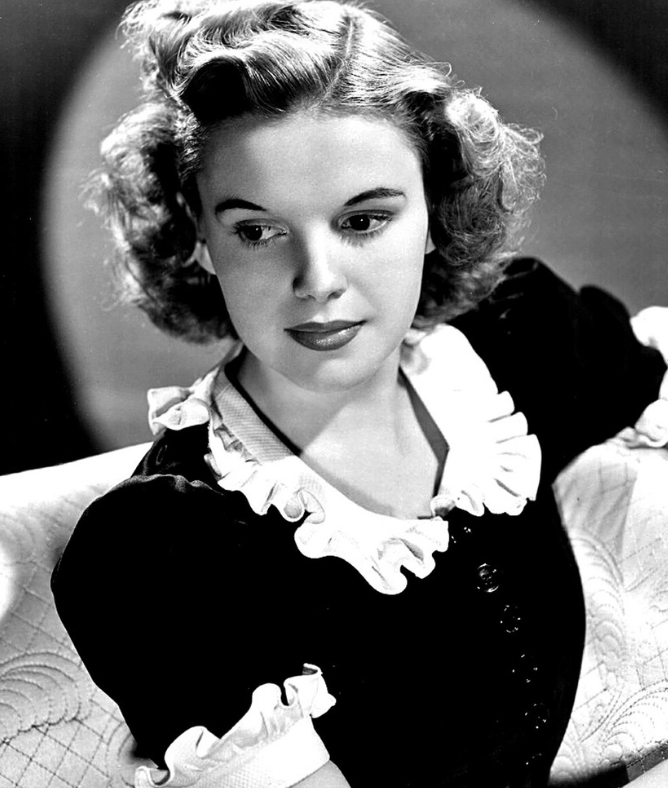
7. Judy Garland’s Studio Exploitation
MGM’s treatment of Judy Garland revealed the darker side of the studio system. As a teenager, she was given ‘pep pills’ to maintain energy during grueling shoots and suppress her weight, leading to lifelong struggles with addiction. The lack of child labor protections meant Garland’s health was sacrificed for productivity. Her story has since become emblematic of how the industry’s pursuit of perfection often came at the expense of its most vulnerable stars.
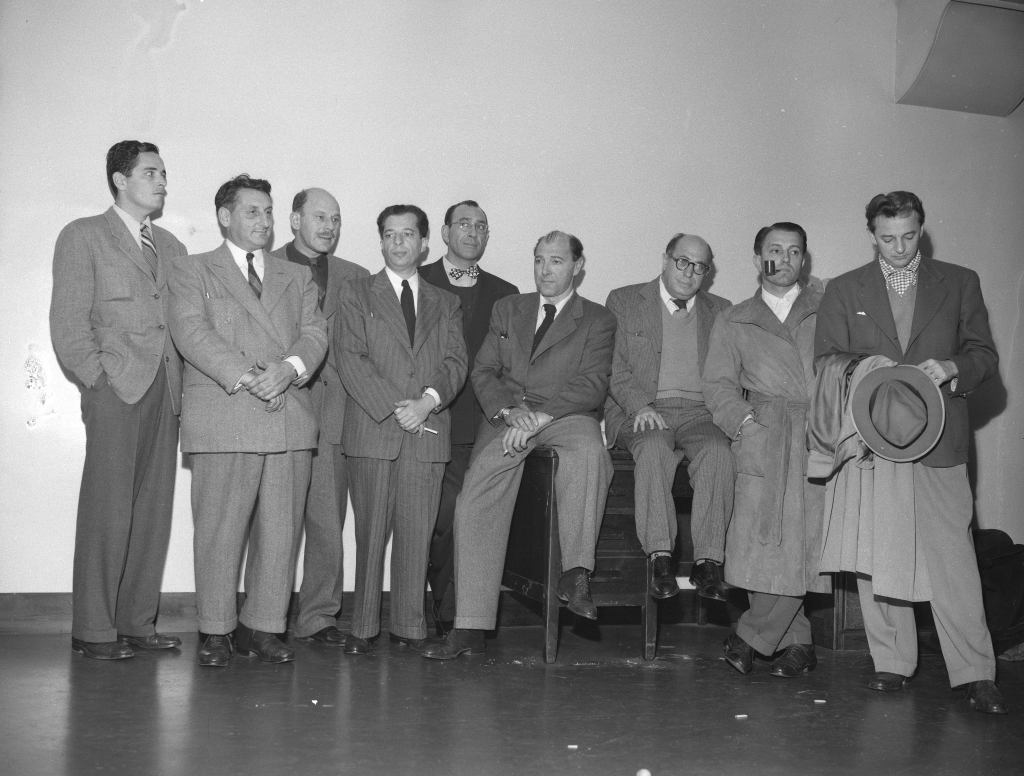
8. The Hollywood Ten and the Red Scare
The late 1940s saw the rise of anti-communist paranoia, with the House Un-American Activities Committee targeting the film industry. At least 40 people were called to testify, and ten the so-called Hollywood Ten refused to cooperate on grounds of civil rights infringement. They were arrested and blacklisted, joined by hundreds of others. As Cold War tensions built, careers were ruined on suspicion alone, demonstrating how political terror might be used against innovative voices.

9. Joan Crawford’s Alleged Past
Reports that Joan Crawford appeared in adult films before becoming famous plagued her for decades. FBI reports described MGM paying $100,000 to suppress a ‘stag movie’ allegedly shown at industry events, perhaps in cooperation with organized crime. Whether or not true, the rumors suggested the lengths to which studios would go to protect wildly lucrative stars and the vulnerability of reputations in an era where moral image counted most.
Hollywood’s classic era was more than dazzling premieres and classic films it was also a balancing act on a tightrope of image control, secrecy, and survival. These scandals reveal a world where celebrity had the potential to be tantalizing and perilous, and where the stakes offscreen were as high as they were on. To film historians, they’re no cautionary tales whatsoever those are required pages in learning how the industry’s glamorous facade was created, maintained, and ultimately crossed.


